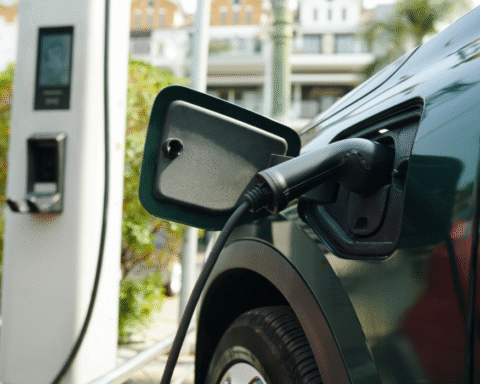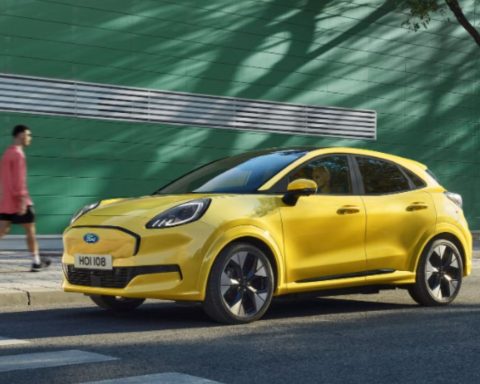At this urgent juncture in climate talks, we need to spend more time talking about cars, trucks and buses. Fossil-fuel-powered vehicles, to be specific, which are the second-largest source of greenhouse gas emissions (GHGs) in Canada, and the largest in the United States.
Between 1990 and 2021, GHGs from the transport sector in Canada soared 27%. And yet, Canadian delegates at COP28 in Dubai this week have arrived without final regulations for transitioning cars and other light-duty vehicles from fossil fuel power to clean energy. Draft regulations applicable to heavy-duty trucks and buses – where emission levels have climbed rapidly, threatening to surpass those of cars – have not been released.
Should Canada fall short of transitioning to zero-emission vehicles at the pace needed, we will fail to reduce national emissions by 40% to 45% below 2005 levels by 2030. Worse, it will be impossible to accomplish Canada’s global commitment to carbon neutrality by 2050. It cannot be overstated how much is at stake.
Last December, the federal government issued draft regulations intended to increase sales of EVs across the country. The regulations follow the pledge in the government’s 2030 Emissions Reduction Plan that by 2035 all sales of new light-duty vehicles in Canada should be electric models that do not emit carbon pollution.
The draft regulations stipulate that increases in sales of emission-free cars be phased in. By 2026, for instance, 20% of total vehicle sales by a manufacturer or importer should be electric. By 2030, zero-emission vehicles must make up 60% of total sales. Five years later, the consumer will be able to choose from a range of model options, all of which will be fuelled by clean energy. Air pollution levels will plummet.
As demonstrated in both British Columbia and Quebec, sales mandates – which both provinces have implemented – are an effective means of switching from gas to electric cars.
A province-wide sales requirement for EVs was introduced in B.C. in 2019; the goal was that, by 2040, 100% of vehicles sold would be zero-emission. In 2022, EVs accounted for 18.1% of all new light-duty vehicle sales in B.C. Just prior to the legislation, EVs made up 4.1% of all new passenger car sales. Because the original sales targets will likely be exceeded, the provincial government has moved the goal posts: with the new target, 100% of cars sold will be electric models by 2035, five years ahead of schedule.
Like B.C., Quebec also passed regulated targets for the number of new-car sales that are zero emission. From 8.9% of new cars sold in 2021, EVs now constitute 13.9% of the light-duty vehicle market in Quebec.
We’ve seen a significant rise in EV sales across the country despite insufficient inventory on most dealer lots. According to data released by S&P Global Mobility, registrations for zero-emission vehicles reached 13.3% in Canada in the third quarter of 2023 – one in eight new vehicles registered were electric, an increase of 2.7% from the second quarter of 2023, with a market share of 10.5%.
A new report from RBC Capital Markets predicts that the EV market is on the verge of substantial growth, as prices stabilize and charging infrastructure expands. These numbers tell us that the growth in the EV market, which has surpassed expectations again and again, is not an instance of early adopters testing a new gadget. It’s a smart consumer choice when you consider that in almost every instance an EV is cheaper than a gas car over the lifetime of the vehicle.
But the transition to clean transportation must move much more quickly if there’s any hope of meeting, or coming close to meeting, Canada’s climate commitments. To suggest, as some stakeholders have, that Canada not stick with a sales mandate, so clearly a winning formula, makes no sense.
Undoubtedly, there is much else that the federal and provincial governments need to do, starting with more rapid deployment of adequate and reliable charging infrastructure, more provincial consumer incentives, and an upskilled labour force. Still, if Canada succeeds in replacing gas-fuelled cars with electric ones at the scale called for in the government’s Emissions Reduction Plan, GHGs from transportation would drop by 42% to 46% below 2005 levels, in line with Canada’s climate commitment. While this may be a hopeful outcome, it certainly isn’t an empty one.
Adam Thorn is director of transportation at the Pembina Institute.







